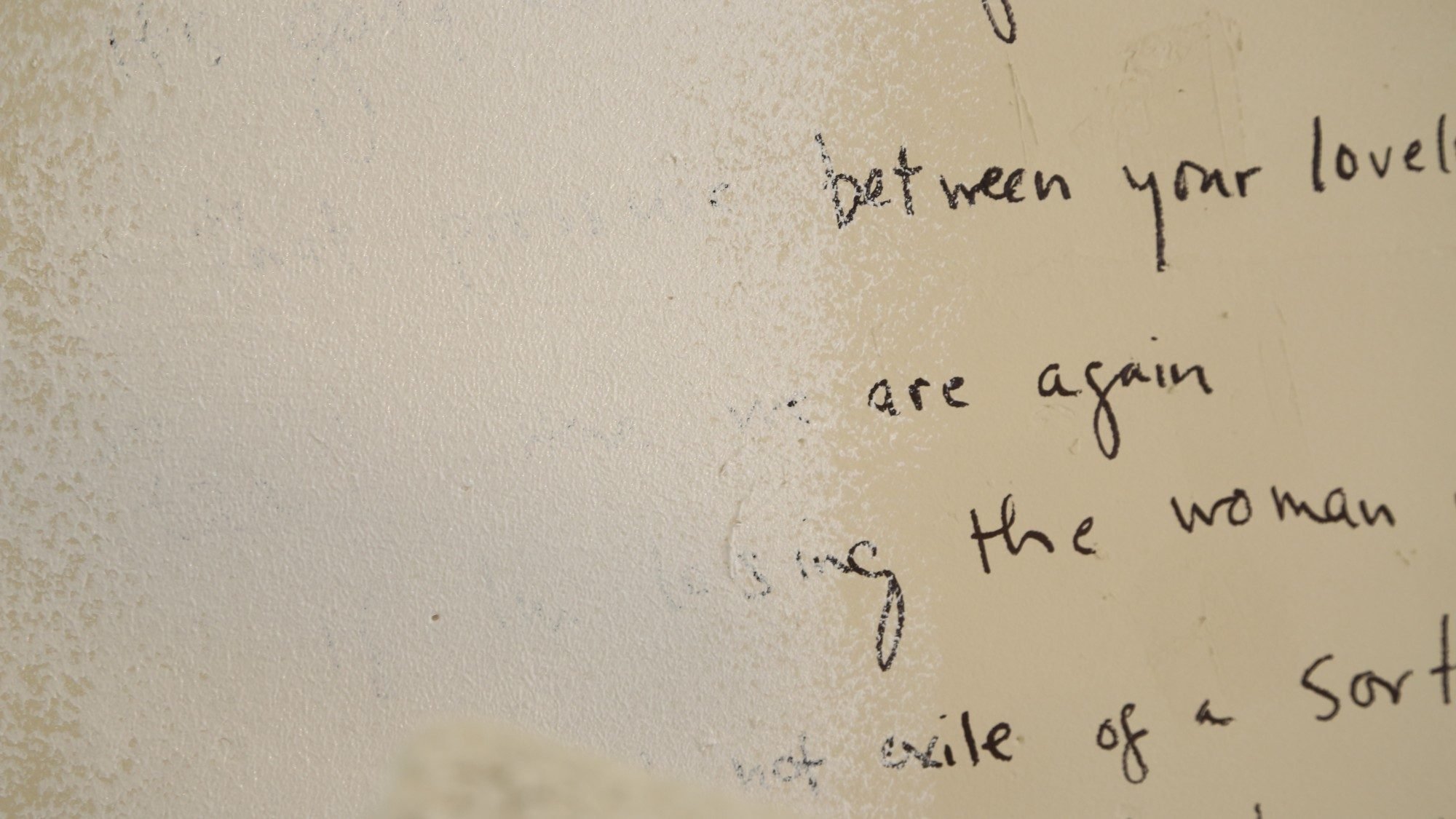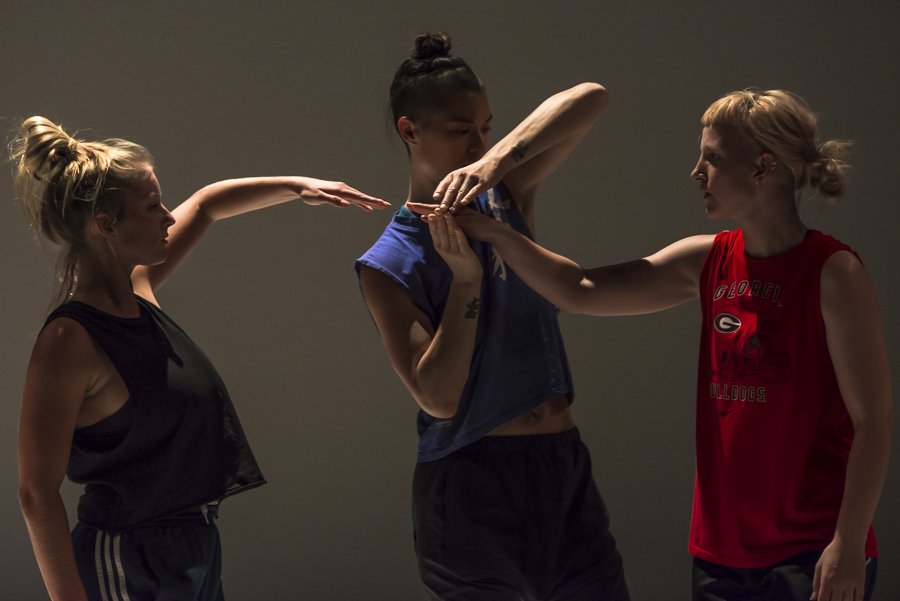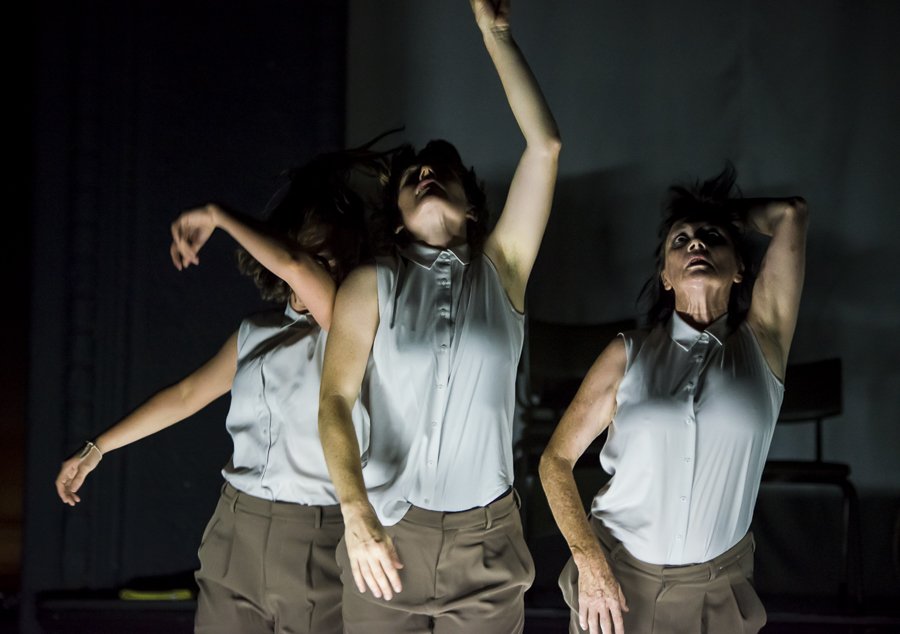

Three Remarks about the Semi-finals of the Keir Choreographic Award 2018
The show must be a spectacle, regardless of its size. Is it obedience to an imperative for grabbing the attention of the public? I cannot tell. However, such an aesthetic sometimes shifts emphasis from bare bodily movement to what cloaks movement. This, of course, is no flaw, only a matter of priority about what to perform or choreograph !

Where is the Dancing?
‘Where’s the dancing?’ is a question said to have been posed by dance audiences at the 2016 Keir Choreographic Award (KCA) and it was echoed clearly in dance critics’ published responses to the KCA’s series of eight commissioned contemporary concert dance works. [1] Unable to distinguish dance from other physical activities on stage, dance stalwarts were left wondering ‘what choreography actually means’.

All art competes
All art competes. It competes for fruition, jostling in an artist’s unconscious with a million other impulses until something necessary, something timely, pushes to the front and demands this work be made. It enters a world that’s full of things that require our notice: news on the latest catastrophe, family commitments, bills, appointments, taxes, nourishment… And then it stands among all the other art-things, asking that people pay attention.

The art and ideas behind an award
Arts benefactors are not often arts practitioners (there are notable exceptions of course, like Margaret Olley). They variously come to benefaction through curiosity, invitation, board appointment or simply keen amateur interest in connecting closely with an artform. Keir’s early art experiences have shaped the vision he has for his foundation and the dance award.

Images of place, time, effort…
For two evenings in April, 2016, I sat among the spectators in Dancehouse’s modestly appointed black-box theater, feeling as if I were in another world.
